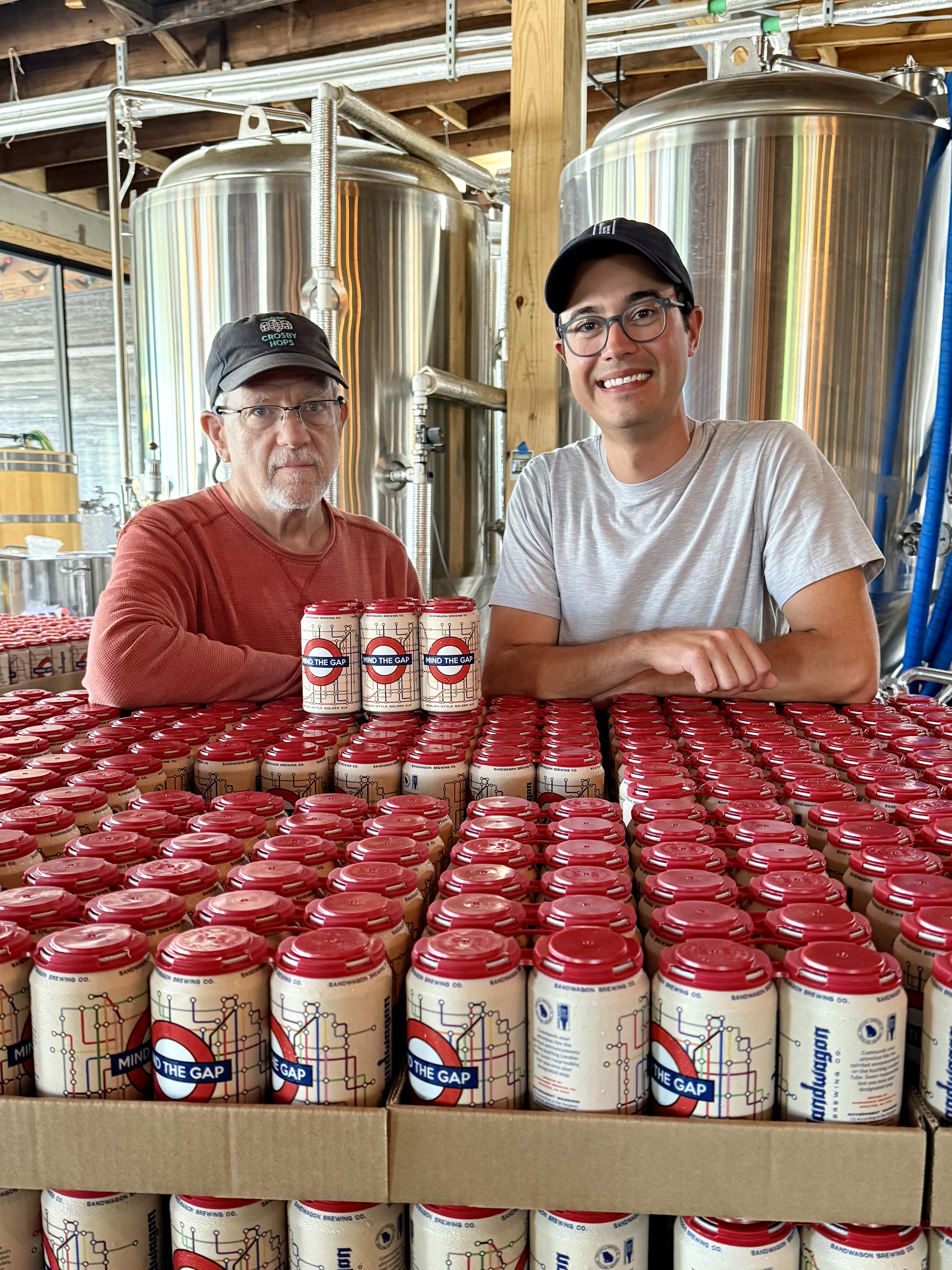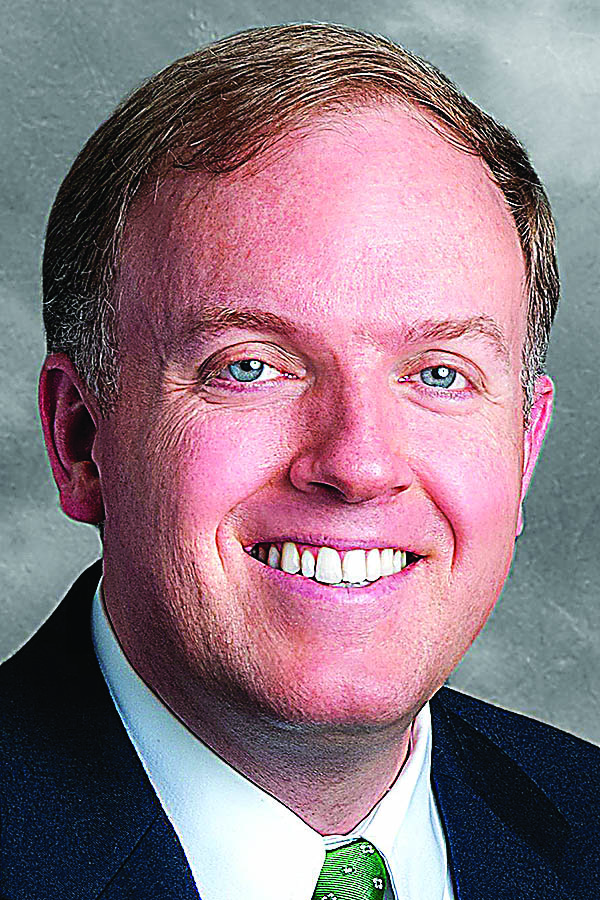Health director links case increase to sick people not staying home
Published 8:22 pm Tuesday, July 7, 2020

- Dr. Charles Ruis.
MOULTRIE, Ga. — Dr. Charles Ruis, Department of Public Health Southwest District health director, said he wasn’t surprised by the increase in COVID-19 cases in Colquitt County and that’s, in part, because people have returned to their social ways.
The increase in cases is linked to the reopening of businesses, the the return of in-store shopping, venturing to social functions and even worship gatherings, Ruis said.
In any event of consistent human interaction, cases will rise, Ruis said; however, if people make wise choices things can be different.
“Relaxing the rules of social distancing can still make sense and be safe,” he said. “What we’re seeing over and over again is people who are sick and who know they’re sick leave home to participate in social functions or go to work.”
That’s been one of the major causes for the increase in Colquitt County’s COVID-19 cases.
Ruis said people need to make a change: staying home when feeling sick, consulting with your physician and wearing masks. Businesses would be more liable to keep their doors open if this were the case.
“We can sort of have our cake and eat it too if we will make the wise choices,” he said. “Most people do, but in some cases it only takes one sick person to attend a function and innocent people are affected.”
Ruis said ICU and ventilation requirements are down alongside the death rate of the virus, but this still isn’t the time to grow lax in caution. Follow the COVID-19 guidelines: quarantine for at least two weeks, get tested, etc.
If we do what we can, it “dramatically enhances the odds we can control this virus,” Ruis said. One of the biggest reasons this is so important is the anticipation of school openings in the fall.
There’s only about a month before that happens — Colquitt County teachers are scheduled to report Aug. 3 and students a week later — so it needs to be habitual that people take actions to protect themselves and others, Ruis said.
“That’s going to increase the chances that our children can attend school and resume learning,” he said.
However, if we don’t take these measures, the outcome will likely be sickness in the classroom and the subsequent two-week quarantining will create a lapse in learning for these students, he said.
Some will get ahead while others get behind.
“It doesn’t take a lot of those situations to dramatically disrupt the process of educating those children,” Ruis said. “There are just a lot of reasons to rethink what we’re doing and discipline ourselves.”
Essentially, it’ll make the school board’s attempt to find a normal even harder. So, what’s his recommendation? Follow the CDC guidelines, of course, but also screen staff and if found with symptoms, ask them to get tested.
Procedures can be paradoxical with that as businesses require employees to test negative before coming back to work.
“Part of the problem with that is once a person tests positive for COVID using the nasal swabs, the tests will typically remain positive for up to 60 days even after the infection of COVID has been resolved,” Ruis said.
He noted that the CDC considers it inappropriate and unnecessary for employees to have a negative result before returning to work. Its guidelines call for three conditions that would allow a person to go back to work:
- You must be free of fever for 72 consecutive hours without the use of medication.
- All COVID symptoms must have dramatically improved.
- Ten days must pass after the onset of the symptoms.
Asking for a negative result creates the adverse effects of clogging up the testing system too.
“The supplies are not inexhaustible. There’s a limit every day,” Ruis said. “We always manage to do it, but if we’re testing people who don’t need to be tested then we’re clogging the system and making it harder for us to get results for those who really need it.”
As an added step, testing needs to become more prevalent in the community, he said. The DPH itself performs testing four times a week and asks that people schedule appointments.
People can get tested without an appointment, but appointments give the DPH testers more protection against the virus.
“We do have to collect some data on the patient — basic data like name, birth, address and so forth,” he said. “If we can collect that ahead of time and provide appointments, it speeds up the process when we’re collecting the samples.”
It’s less waiting in line, an increase in the volume of tests, and a way to keep the exposure time between the testers and the tested down. Tests take two to three days for results.
Ruis said the DPH has found more COVID-19 cases in the county because of the increase in testing, but they also believe there are more people infected that haven’t been tested yet.
The local DPH facility can be reached at 229-352-6567 to schedule an appointment, get general information or even to get a mask.





